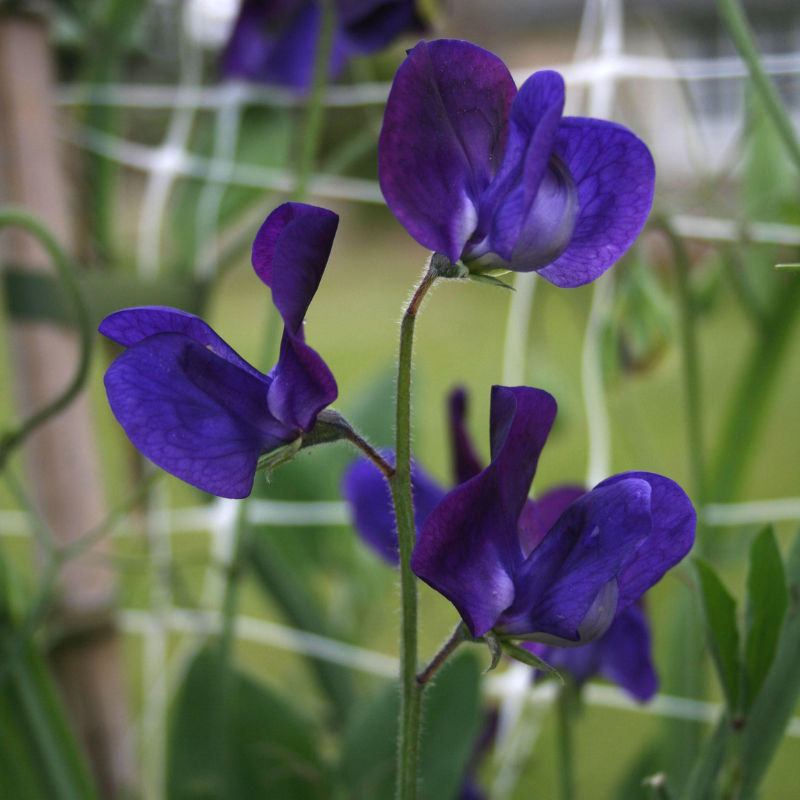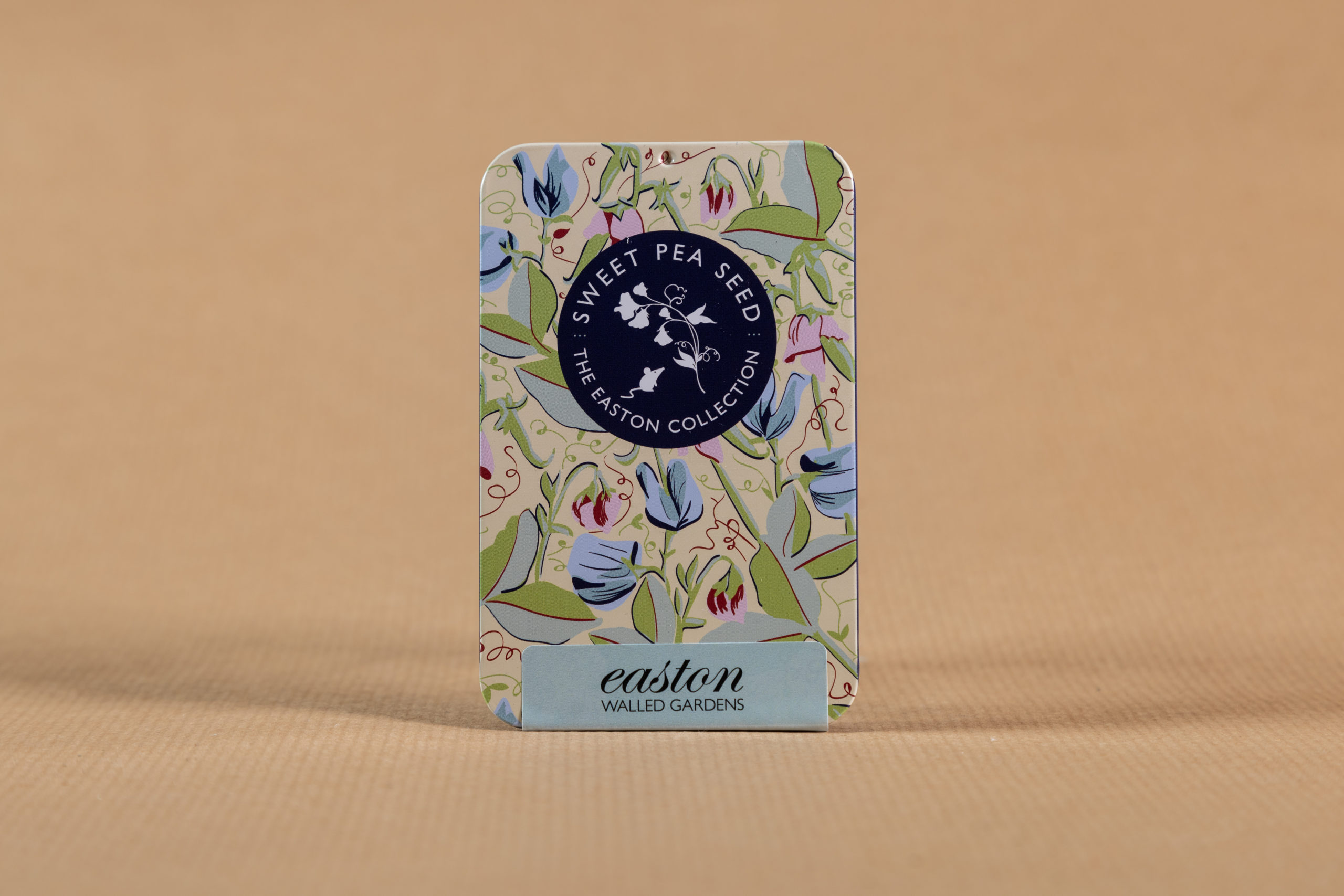Details
With dark blue flowers and powerful scent to add elegance to your outdoor space, it’s no wonder the Lord Nelson is a popular now as when it was first introduced to English gardens over a century ago.
We first started growing this glorious variety over 10 years ago and are still enamoured; you’ll find it blooming amongst our rows of our antique sweet peas in the Gardens’ Pickery.
All you need to know about to get sowing and start growing…
Height: About 1.4m
Where to plant:
Flower beds in the open or against a sunny wall.
Perfect for:
- Perfect for flower beds in the open or against a sunny wall
- Cottage gardens
- Courtyard gardens
- Cut flower gardens
- Especially good for large containers
Your Lord Nelson Sweet Pea Seeds will need scarifying…
All seeds need water to germinate. But some have thicker, tough coats that stop water from penetrating and slow down their growth. In gardening, we use a process called scarification to soften a tough seed coating, allowing moisture in and encouraging the seed to germinate.
To scarify your seeds:
- Use sandpaper to wear down the coating.
- You can sand your seeds individually or together. To do them together in one go, pop them and the sandpaper in a jar, close the lid and shake vigorously.
Most sweet pea seeds will germinate without scarification, but if yours aren’t showing any signs of growth, then it’s worth checking to see if they need a helping hand. To do this:
- Carefully excavate the seeds from their pots.
- If you find a squidgy seed with white mould, then it has succumbed to dampening-off disease and unfortunately can’t be saved.
- If the seeds look the same as when you planted them, then scarify and replant them. They should then germinate as normal.
Capturing the Gardens’ magic in a illustrated seed tin…
Sweet pea seeds grown and harvested with this much care deserve to have a thoughtful container to keep them stable and dry. So we made a fully-recyclable seed tin – decorated with an original Easton Collection design. Created by Ursula Cholmeley and blooming with sweet peas, the design reflects the colours found in the Arts and Crafts motifs of the Edwardian era when sweet peas were as adored at Easton as they are today.
Dig deeper into the secrets of growing sweet peas with our gardening stories.


